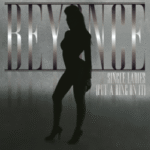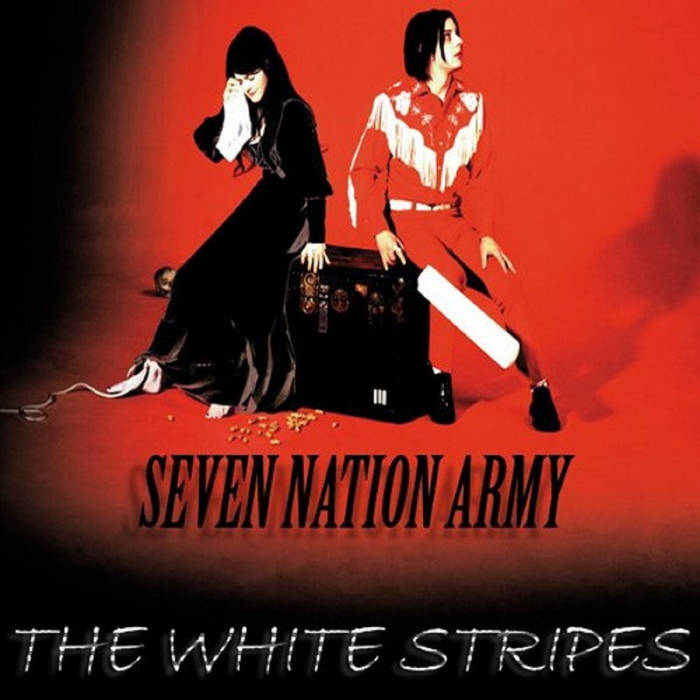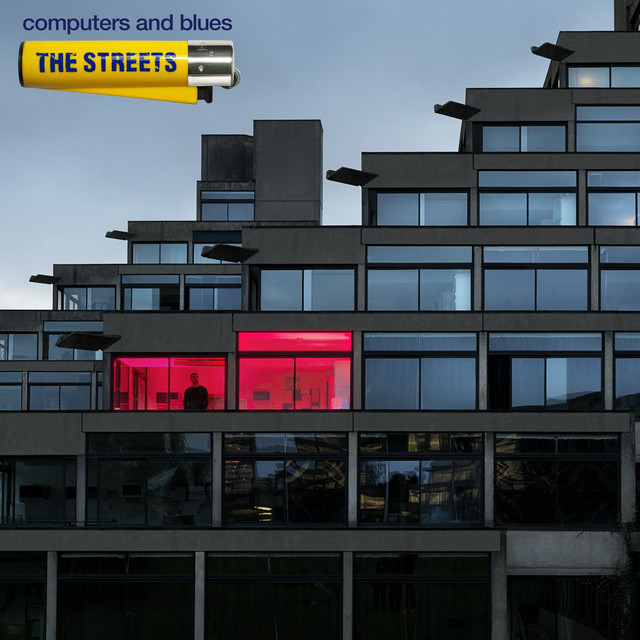 Beyoncé’s Single Ladies (Put a Ring on It) is not just a song; it is a seismic cultural event, a declaration of empowerment, and a defining anthem of the late 2000s. Released in 2008 as part of her third studio album, I Am… Sasha Fierce, the track exemplifies Beyoncé’s artistry, combining irresistible pop hooks, a propulsive dance beat, and lyrics that resonate with independence and confidence. Its impact transcended music charts, shaping fashion, social media, and even popular discourse about female empowerment and self-determination. The song is as much a statement about individuality and autonomy as it is a masterclass in contemporary pop production.
Beyoncé’s Single Ladies (Put a Ring on It) is not just a song; it is a seismic cultural event, a declaration of empowerment, and a defining anthem of the late 2000s. Released in 2008 as part of her third studio album, I Am… Sasha Fierce, the track exemplifies Beyoncé’s artistry, combining irresistible pop hooks, a propulsive dance beat, and lyrics that resonate with independence and confidence. Its impact transcended music charts, shaping fashion, social media, and even popular discourse about female empowerment and self-determination. The song is as much a statement about individuality and autonomy as it is a masterclass in contemporary pop production.
Conception of a Modern Anthem
The creative process behind Single Ladies showcases Beyoncé’s meticulous approach to her craft. Co-written by Beyoncé alongside Tricky Stewart, The-Dream, and Christopher “Young” Stewart, the song was designed to be an assertive, infectious anthem that celebrated independence and unapologetic self-worth. The lyrical premise centers on a woman addressing a former lover who failed to commit, insisting that if he valued her, he would “put a ring on it.”
Beyoncé’s vision was clear: the song needed to be bold, catchy, and iconic. Its driving beat, repetitive hooks, and punchy lyrics were engineered for maximum impact, creating a track that would resonate both on radio waves and in dance clubs. The combination of relatable storytelling and high-energy production cemented the song’s universal appeal.
Musical Composition and Hook
The song’s production is a masterclass in minimalism with maximum impact. Built on a sparse yet dynamic beat, Single Ladies relies on rhythmic precision, vocal layering, and strategic repetition to create a sound that is both polished and instantly recognizable. The staccato claps and hand percussion form the backbone of the track, providing a propulsive groove that drives the song forward.
Beyoncé’s vocal delivery is central to the song’s success. Her performance balances assertiveness with accessibility, switching effortlessly between melodic verses and a powerful, chant-like chorus. The titular hook—“If you liked it, then you should have put a ring on it”—is simple yet unforgettable, making it one of the most quoted and referenced lines in modern pop music. The repetition of this line is not monotonous; instead, it emphasizes the song’s central message and encourages audience participation, turning listeners into active participants in the anthem.
Lyrics and Cultural Resonance
The lyrics of Single Ladies operate on multiple levels. On the surface, they tell a story of romantic disappointment and self-assertion. Beyoncé’s protagonist addresses a lover who failed to recognize her worth, asserting her independence and refusing to remain tethered to someone who cannot commit.
Beyond the romantic narrative, the song became a broader cultural symbol. It resonated with women worldwide as a declaration of empowerment, encouraging self-confidence, independence, and the refusal to settle for less than one deserves. The song’s message of agency—both personal and social—struck a chord in an era increasingly attentive to gender equality, female autonomy, and the celebration of individual identity.
By encapsulating themes of independence and empowerment in a commercially viable pop format, Single Ladies helped redefine mainstream pop music as a vehicle for social messaging. It proved that catchy, danceable tracks could carry substantial cultural weight, influencing a generation of listeners to embrace self-worth and assertiveness in their personal and professional lives.
Iconic Music Video and Dance
One of the most significant aspects of Single Ladies’ cultural impact is its music video. Directed by Jake Nava, the video features Beyoncé and her two backup dancers performing a single, continuous, high-energy routine in black leotards against a minimalist white backdrop. The choreography, created by JaQuel Knight and Frank Gatson Jr., is both intricate and instantly recognizable, combining sharp hand movements, dynamic footwork, and a fluid yet precise execution that has been widely imitated and parodied.
The visual presentation emphasizes empowerment through simplicity. By stripping down the setting and costumes, the video places the focus squarely on the performers’ skill, charisma, and physical expressiveness. Beyoncé’s confidence, precision, and magnetic stage presence transform the video into a visual manifestation of the song’s message. The choreography quickly became a cultural touchstone, inspiring countless recreations, flash mobs, television parodies, and viral videos, solidifying the song’s status as an anthem that transcended music alone.
Reception and Commercial Success
Single Ladies dominated charts worldwide. It reached number one on the Billboard Hot 100, topping the chart in multiple countries and earning critical acclaim for both its musicality and cultural resonance. The song received numerous accolades, including three Grammy Awards in 2010 for Song of the Year, Best R&B Song, and Best Female R&B Vocal Performance, solidifying Beyoncé’s position as a dominant force in contemporary music.
Critics praised the song for its minimalist yet compelling production, infectious rhythm, and empowering lyrics. It was hailed as a track that combined artistic sophistication with mass appeal, proving that pop music could be both commercially successful and culturally significant. Its impact was also evident in social media, where fans shared covers, dances, and interpretations, turning the song into a participatory cultural phenomenon.
Live Performances and Stage Presence
Beyoncé’s live renditions of Single Ladies further amplified its influence. Her performances showcase not only her vocal prowess but also her dynamic stage presence and choreography mastery. Whether at award shows, concerts, or televised events, the song becomes a centerpiece for audience engagement. Fans are invited to dance, sing along, and celebrate the empowering message, creating a communal experience that extends the song’s cultural reach.
The live performances often include extended dance sequences, audience interaction, and variations in vocal delivery, demonstrating Beyoncé’s ability to adapt the song while maintaining its core identity. These performances reinforce the track’s role as both a musical and cultural landmark.
Impact on Fashion and Pop Culture
Single Ladies influenced more than music; it left an indelible mark on fashion and visual culture. The black leotard, stilettos, and minimalist styling from the music video became iconic, inspiring countless Halloween costumes, runway looks, and editorial spreads. The song’s imagery—both in the video and in live performances—established a visual shorthand for empowerment, confidence, and sleek sophistication.
Social media amplified this impact. Platforms such as YouTube, Twitter, and Instagram saw countless dance recreations, memes, and viral content inspired by the song. This participatory culture helped the track transcend its original release, embedding it into the fabric of digital pop culture and ensuring its longevity beyond the charts.
Technical Analysis and Songcraft
From a technical perspective, Single Ladies is a masterclass in precision pop songwriting. The track’s minimalistic arrangement relies on rhythmic hooks, tight vocal layering, and strategic repetition to create momentum and memorability. The song’s tempo, key, and beat placement are meticulously crafted to maximize both danceability and listener engagement.
The production emphasizes clarity and focus. Each percussion element, synth layer, and vocal harmony serves a purpose, contributing to the song’s dynamic forward drive. Beyoncé’s vocal phrasing and timbre are foregrounded, ensuring that the message is delivered with maximum impact. This combination of simplicity and sophistication exemplifies effective pop production, demonstrating how minimal elements can yield maximum cultural resonance.
Influence on Music and Legacy
Single Ladies has had a profound influence on both contemporary pop music and broader cultural discourse. It established a template for empowerment anthems that balance catchy hooks with meaningful messaging, inspiring artists ranging from Lady Gaga to Rihanna. Its minimalist yet impactful production style also influenced the sonic approach of numerous pop tracks in the late 2000s and 2010s, demonstrating how restraint and precision can enhance commercial appeal.
The song’s legacy extends into cultural discourse about gender, agency, and relationships. Its message of independence and self-worth resonates across contexts, encouraging listeners—particularly women—to assert their value and refuse to settle for unreciprocated commitment. Single Ladies has thus become more than a hit; it is a cultural reference point, a motivational anthem, and an enduring symbol of empowerment.
Awards, Accolades, and Recognition
The critical and commercial success of Single Ladies is reflected in its extensive list of awards and recognitions. In addition to Grammy wins, the song earned accolades from MTV Video Music Awards for Video of the Year and Best Choreography, further solidifying its dual impact as both an auditory and visual phenomenon.
Music historians and critics often cite the track as one of Beyoncé’s signature songs and a defining pop cultural artifact of the 2000s. Its influence on dance, fashion, and social media, combined with its chart-topping success, underscores its significance as a transformative work in modern music history.
Conclusion: An Anthem for the Ages
Beyoncé’s Single Ladies remains a landmark in pop music, a song that transcends its immediate chart success to become a cultural touchstone. Its combination of infectious melody, precise production, empowering lyrics, and iconic visual presentation has ensured its lasting influence across music, dance, fashion, and social media.
The track exemplifies how a pop song can be both commercially successful and culturally transformative, delivering a message of empowerment while providing an irresistible auditory experience. Single Ladies encourages listeners to embrace confidence, independence, and self-worth, making it not only an anthem for its era but a timeless celebration of autonomy and resilience.
“Single Ladies” is more than a song; it is a cultural phenomenon, a visual and auditory icon, and a declaration of empowerment that continues to inspire, entertain, and resonate with generations of listeners worldwide.


